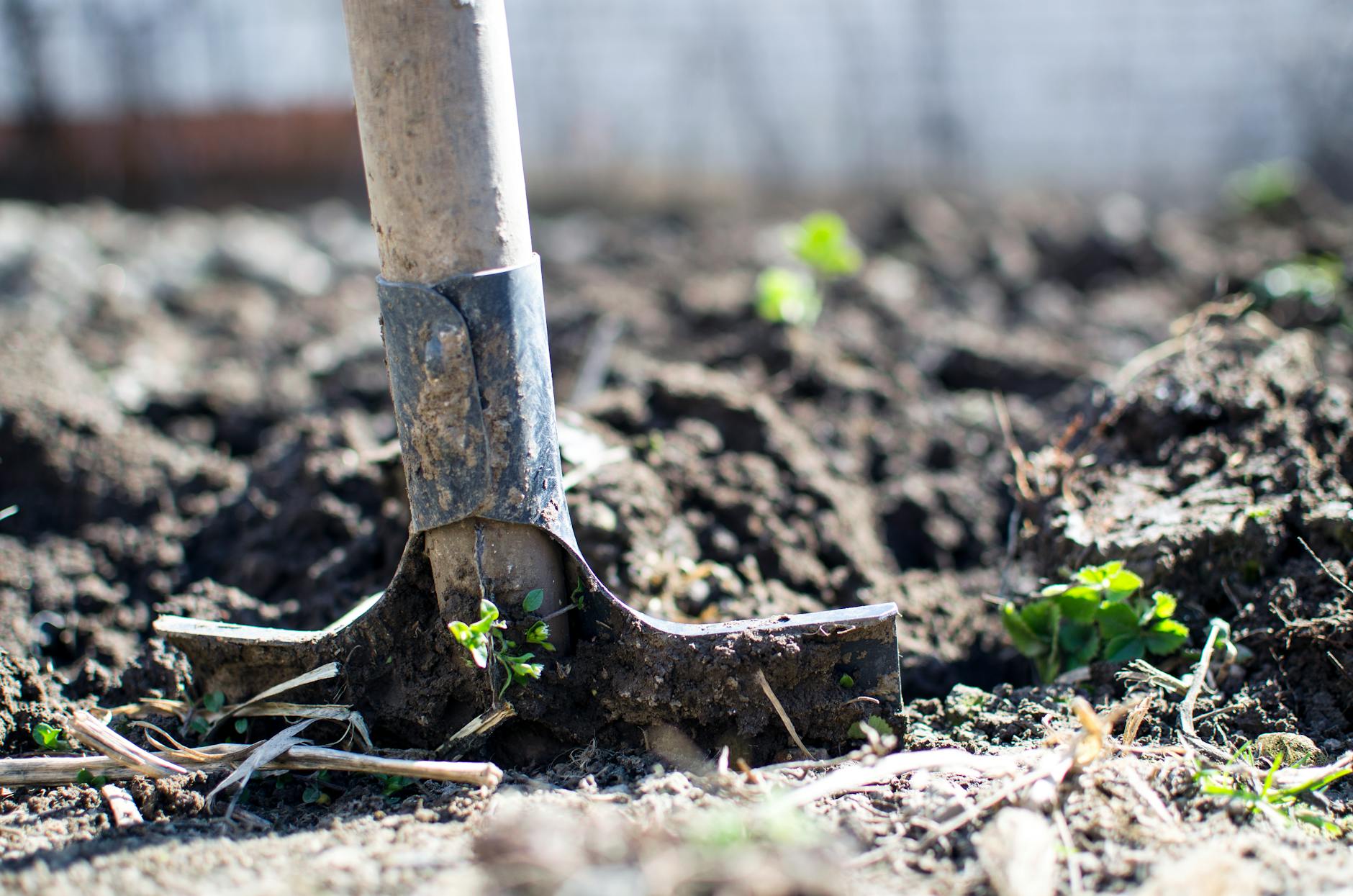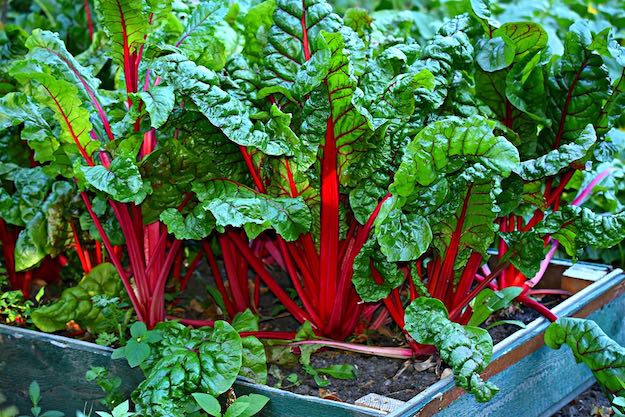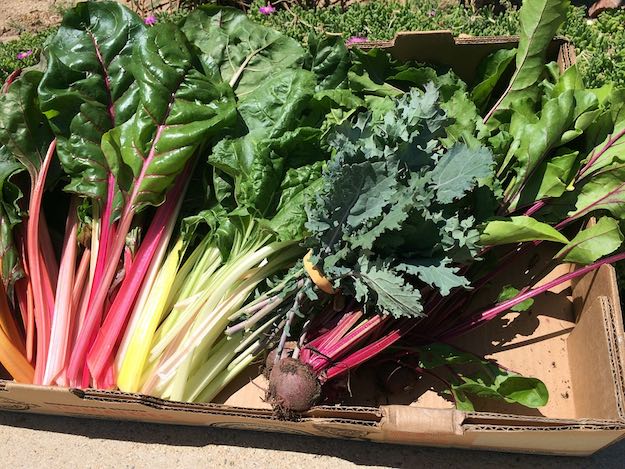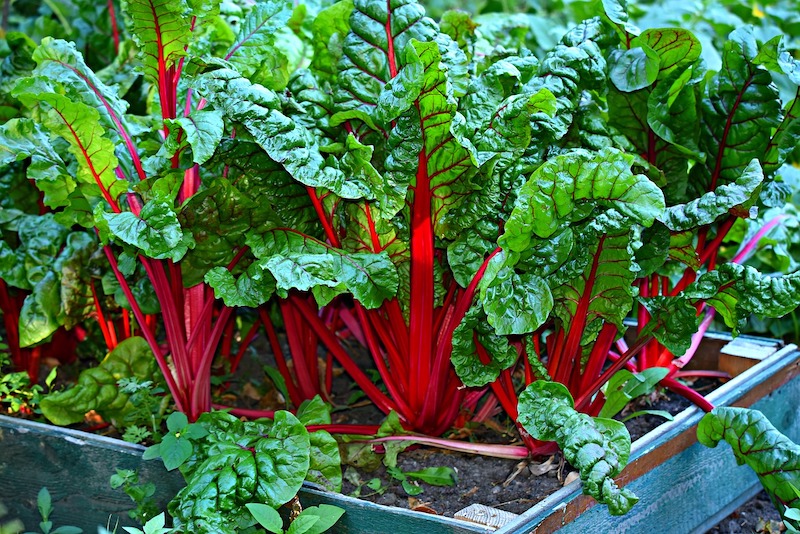Want to add more lovely and nutritious vegetables to your spring garden? Growing Swiss chard should be on the top of your list. Find out how to grow attractive and healthy Swiss chard as you read on!
All About Growing Swiss Chard: A Growing Guide
While vegetables are mainly for the benefit of our body, it does not hurt to grow vegetables you can admire. I sure love how Swiss chard adds color and vibrancy to my veggie patch they're almost too attractive to eat. But since they're so nutritious, I don't want to miss out on them both to my diet and garden. In a perfectly good season to grow Swiss chard, take the time to get to know this vegetable and attempt to grow some. Learn why you should grow and how to grow Swiss chard this spring season!
Amazing Health Benefits of Swiss Chard
A hundred grams of Swiss chard is off-the-charts packed with vitamins and minerals, even more than double the servings of other green veggies! It has 122% vitamin A, 1038% vitamin K, and 50% vitamin C along with a considerable amount of other vitamins and minerals. So it's no surprise Swiss chard is credited with boosting athletic performance, lowering blood pressure, and combating diabetes.
However, all of these health benefits will be for nothing if the greens were grown using synthetic fertilizers and pesticides with harmful chemicals. It's also important to note, that while the health benefits are extensive, always seek professional advice for adverse effects to any of the vegetable's mineral content.
Easy To Grow Swiss Chard Varieties

All Swiss chard varieties are good to grow in the garden, nutrition-wise. If you want an edible landscape then the bright lights and rainbow variety are for you. Among the colors, white stem varieties like Fordhook giant and Glatter Silber are said to be more productive and bolt resistant. If you want the red ones, then the ruby red and peppermint chard variety are excellent. Yellow-colored variety is also available in el dorado and bright yellow varieties.
How To Grow Swiss Chard In 3 Easy Steps
Swiss chard is a cool season leafy vegetable which is perfect for growing in early spring or late fall depending on your hardiness zone. It's a cold hardy vegetable which can be harvested in 60 days or less.
Much like beet and spinach, Swiss chard is a foolproof vegetable to grow in the garden. Whether you're growing Swiss chard in containers, raised beds, or in-ground, the steps are quite simple. Let's get started:
Step One: Prepare Plant Bed

- Prepare your plant bed or raised bed by cultivating or loosening the soil. (For containers, fill it with the same rich and fertile soil.)
- Using a garden hoe, dig a trench along a side of the plant bed.
Step Two: Sowing Swiss Chard Seeds
- Pour the Swiss chard seeds into your palm.
- Drop the seeds sparingly along the trench making sure the seeds are spread evenly.
Step Three: Finish The Job
- Fill in and cover the seeds with soil previously dug from the trench.
- Repeat the process in a different row 10 to 18 inches away from the first row.
- Gently give the plant bed a watering to settle the seeds.
Caring For Swiss Chard Plants

Regular watering of the Swiss chard plants will help them grow better. Weeds are a competition to Swiss chard for nutrients so watch out for these pesky greens. Mulching the Swiss chard plant bed will help both to eliminate weeds and retain moisture in the soil.
Companion Plants For Swiss Chard
All plants from the brassica family like cabbages and broccoli as well as alliums like onions and garlic grow well with Swiss chard. Other plants which take well to Swiss chard as a neighbor are tomatoes, radish, and celery. On the other hand, corn, melons, and potatoes don't grow well with Swiss chard since they compete for nutrients in the soil. Surprisingly, Swiss chard doesn't like herbs except for mint.
Edible Landscaping With Swiss Chard
Aesthetically, one of the most interesting vegetables to choose from is undeniably the Swiss chard. It has a sturdy, colorful stalk which holds up large and glossy green leaves. Stems of the Swiss chard can range in color from white, orange, salmon, apricot, and shades of red and yellow. So it's no wonder, they get included in flower arrangements and pass for indoor ornamental plants. If you have a small garden space or simply love the idea of an ornamental garden you can eat, Swiss chard is perfect for your garden.
Harvesting Swiss Chard

Depending on the variety, you can start enjoying Swiss chard in 60 days or less. The younger the plant stem and leaves, the better tasting they are. You can start cutting the outer leaves when they've grown at least 8 inches tall. Cutting the first leaves from the Swiss chard will help encourage growth.
How To Include Swiss Chard In Your Diet
As previously established, Swiss chard is packed with nutritious vitamins and minerals and you would do well to include this humble vegetable in your diet. There are actually a lot of delicious recipes for Swiss chard but these are some of the common ways you can enjoy them:
- For breakfast, include a cup of chopped Swiss chard in your egg omelet.
- Swiss chard makes a refreshing drink or smoothie so include a cup to your favorite fruit and veggie blend.
- Simply sauté Swiss chard in healthy olive oil and garnish with cheese and pepper to make an appetizing side dish.
- Add fresh Swiss chard leaves in your sandwiches for a healthy snack.
Watch the full guide to growing Swiss chard here in this video:
Now, wasn't growing Swiss chard literally the easiest thing ever? What are you waiting for? Start growing vegetables this spring season and start with Swiss chard. You'll find both your garden and dishes delightful with these colorful vegetables!
Thinking about growing Swiss chard this spring season? I'd be glad to hear all about it in the comments section below!
Try growing more spring vegetable garden plants this season for healthy and fresh vegetables daily.
Don’t forget to follow us on Facebook, Instagram, Pinterest, and Twitter for more smart gardening ideas!



